TGV: Beyond Silicon Limits
Silicon substrates have flaws. They struggle with high-frequency signals, cost too much, and have complex processes. Glass substrates, with TGV, fix these issues.
- High-frequency excellence: Glass has a dielectric constant ~1/3 of silicon. Its loss factor is far lower. This reduces signal loss and keeps signals clear.
- Cheaper production: Large ultra-thin glass is easy to source. No need for insulating layers on the substrate or TGV walls. Glass interposers cost ~1/8 of silicon ones.
- Simpler steps: No need for complex insulation deposition. Ultra-thin interposers skip thinning. This speeds up production.
- Stable structure: Even when thinner than 100μm, glass interposers warp little. This ensures packaging reliability.
- Broad uses: It’s perfect for RF chips, high-end MEMS, and dense system integration. It’s a front-runner for next-gen high-frequency 3D packaging.
Contact Us
“Rhonda(Sales Manager)
Email:sales7@saulplc.com
Whatsapp:+86 15359273796
Wechat:+86 15359273796″

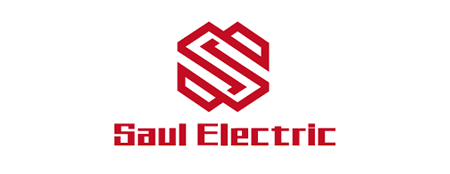
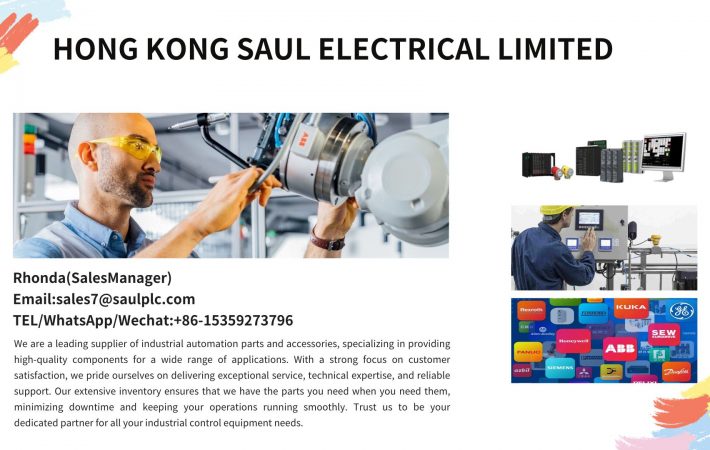
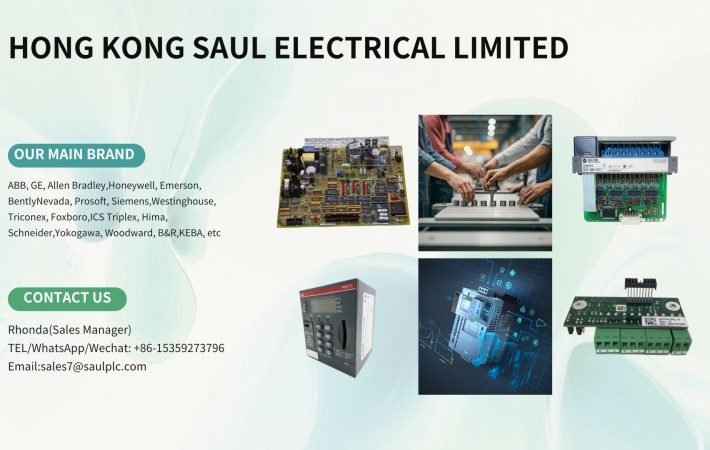
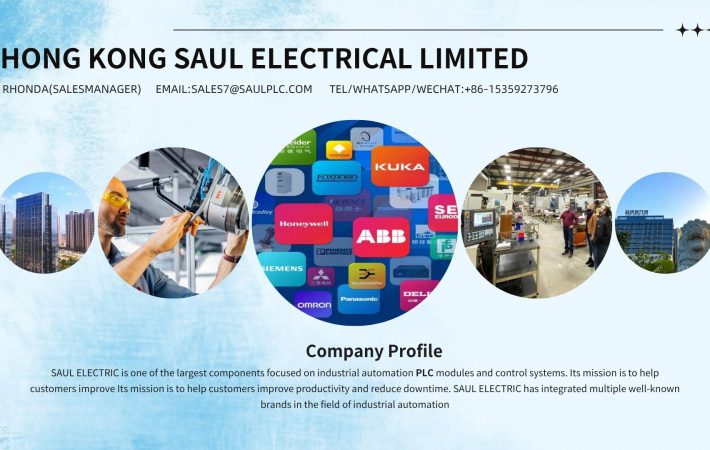
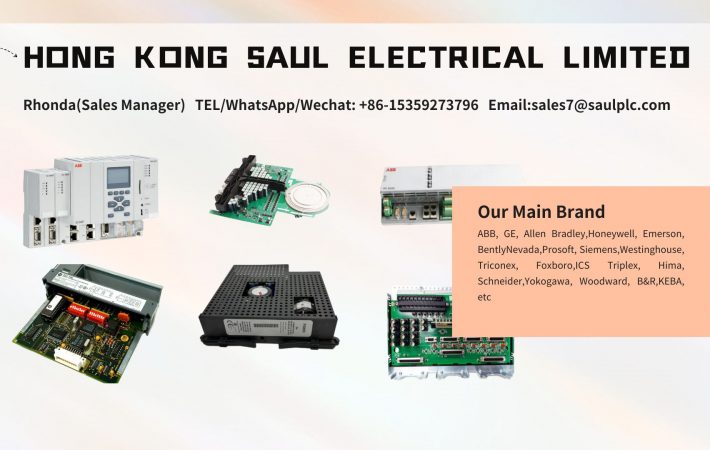
Leave a comment
Your email address will not be published. Required fields are marked *